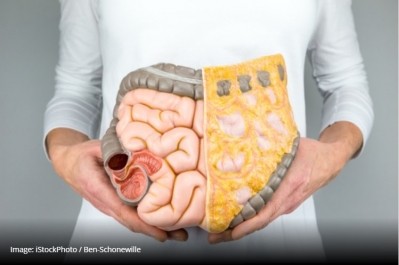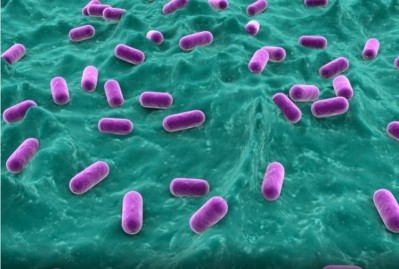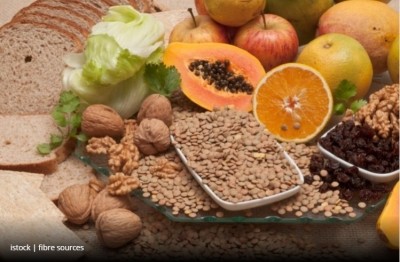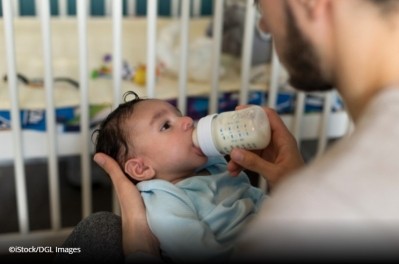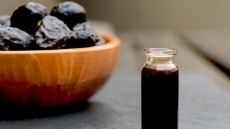Age and individual factors for prebiotic influence on breastmilk microbiota, study finds

Writing in Nutrients, the team’s supplementation of the maternal diet with the prebiotic fructooligosaccharide (FOS) increased numbers of the Staphylococcus and Streptococcus genera populations amongst others.
“However, the differences between the relative abundances of “after” and “before” the supplementation for these operational taxonomic units (OTU) did not exhibit a pattern related to younger mothers from the FOS group as our previous analysis suggested,” the study says.
“Accordingly, the FOS supplementation influenced the human milk microbiota of younger mothers compared to the placebo group. However, the changes found seem to be different for each subject.”
Maternal-neonate microbial transfers may be evolutionary and can occur during delivery, by the birth canal, and via breastfeeding.
Specific strains contained within breastmilk include Bifidobacterium bifidum, Coprococcus comes, and Ruminococcus bromii, which have been found in breast milk and infant faeces from the same mother–infant pair, while being distinct from those carried by other pairs, indicating a vertical transmission via breastfeeding.
Certain bacteria, in particular species of Bifidobacterium and Lactobacillus, are strongly related to benefits in infant and adult health and can be stimulated by the presence of prebiotics.
Given that prebiotics can be utilised by host microorganisms, the team from Denmark and Brazil began investigating whether the maternal diet supplementation with FOS prebiotics could influence the dynamics of the human milk microbiota.
Study details
They took one group of 28 lactating women and gave them 4.5 grams (g) of fructooligosaccharides and 2g of maltodextrin (FOS group). Meanwhile another 25 lactating women received 2g of maltodextrin (placebo group) for 20 days.
Breast-milk samples were taken before and after the intervention, while the DNA from samples was used for 16S rRNA sequencing.
Results revealed no statistical differences between the two groups for the bacterial genera after the intervention.
However, the distances of the trajectories covered by paired samples from the beginning to the end of the supplementation were higher for the FOS group indicating greater changes in milk microbiota compared to the control group.
Linear regression models suggested that the maternal age influenced the response for FOS supplementation.
“We expected higher relative abundances of Bifidobacterium and Lactobacillus in the FOS-supplemented group since these genera are recognised FOS consumers and could be increased in the mother’s gut,” the team from the Universities of Copenhagen and São Paulo write.
“However, no differences were observed for these genera between the groups analysed by either Illumina MiSeq or qPCR using genera-specific primers.”
Supplementation period
The team go on to identify the short period of supplementation as a possible a factor for no statistical differences between the groups.
The team also cite a previous study that identifies the long-term maternal dietary habits as more likely to influence the structure of the human milk microbial community, whereas short term maternal intake induced minor changes in the microbiota composition.
Responding to the influence of maternal age on FOS-induced microbiota changes, the team thinks that younger mothers appear influenced by FOS supplementation since changes are seen in their microbiota profile after supplementation.
In contrast, older mothers have similar distances to the placebo group, indicating that there are no differences between the groups for older mothers.
“In addition, our results suggest that this influence of the FOS supplementation was different for each subject since no pattern of changes at the end of the intervention were found,” they add.
The team conclude by commenting that the age range of the volunteers in the study was from 18 to 37 years old, which would not imply substantial physiologic changes.
“It is possible that differences in dietary or lifestyle patterns could be related to the differential response to FOS supplementation, since the dietary intake may vary substantially during the life-course.”
Source: Nutrients
Published online ahead of print: doi.org/10.3390/nu12041081
“Response of the Human Milk Microbiota to A Maternal Prebiotic Intervention is Individual and Influenced by Maternal Age.”
Authors: Marina Padilha et al.
